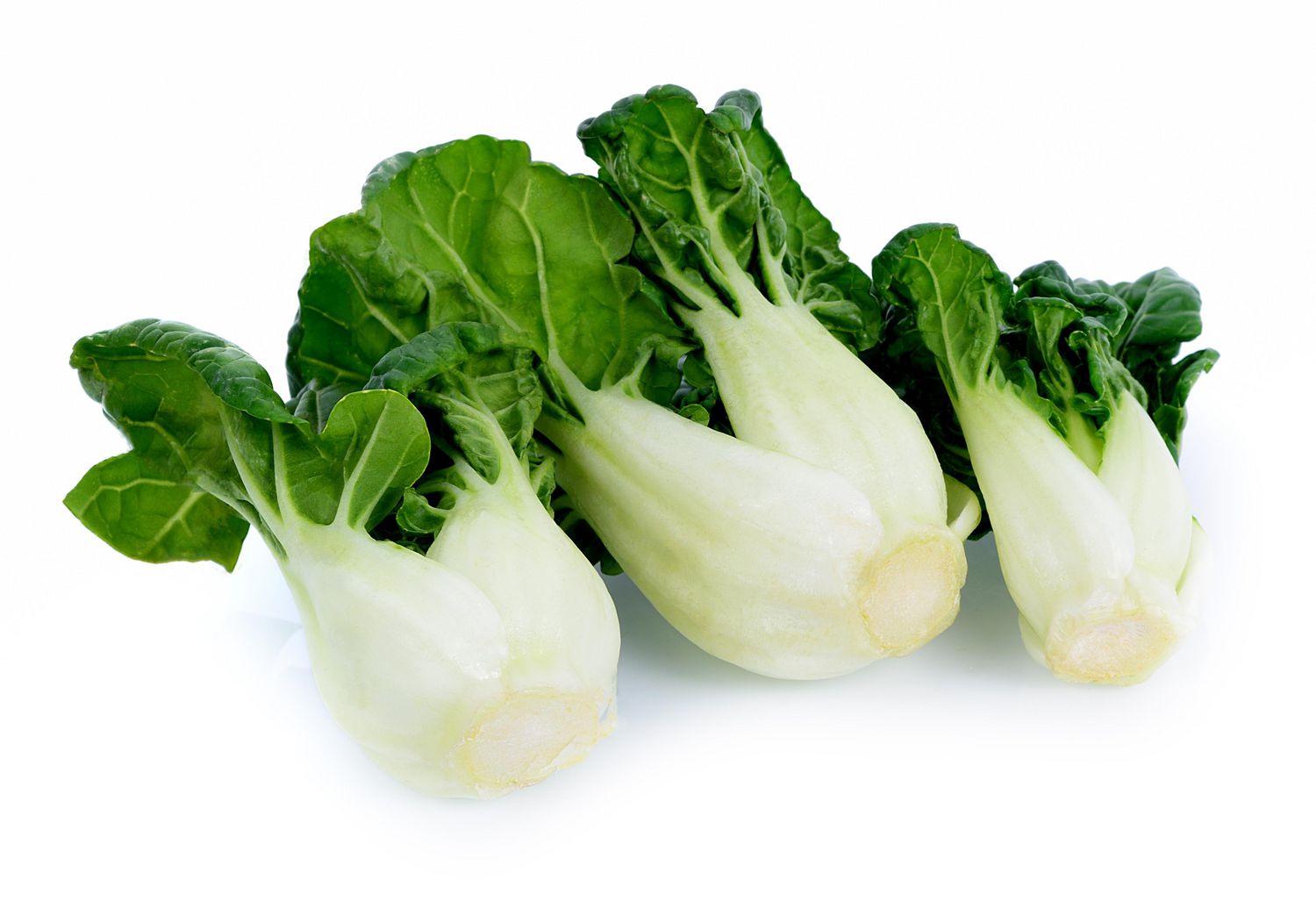Vegetables are a not-often-thought-of source of calcium. However, if you are familiar with the numbers, you can get your entire days’ worth of calcium from just a few servings of certain high-calcium greens. Below you’ll find a list of vegetables high in calcium and the amount of calcium you can expect in a general serving size.
Contents
10 Vegetables High In Calcium
Broccoli
Two cups of boiled broccoli have 124 mg. Fairly common vegetable, but rarely praised for its high concentration of useful nutrients like calcium, broccoli has recently come into vogue as a wonderful food with all kinds of health benefits.
Celery
Two cups of raw celery have 81 mg. By combining celery with peanut butter, you can indulge in a delicious, flavorful snack that helps fill your daily quota of calcium and protein.
Vegetables rarely are seen in connection with nutrients like calcium, especially with the overwhelming popularity of milk in this regard. However, for those who don’t like milk, are lactose intolerant, or are simply looking for a different way to get their daily nutrients, these vegetables and others are a good place to start.
Kale
Not only is kale one of the most antioxidant-rich vegetables that thrives in moderate to cold climates, it is extremely high in calcium. A 100 gram serving of raw kale (uncooked and unfrozen) contains a whopping 150 mg of calcium (compared to the same serving size of milk which contains 128 mg). Kale can be grown and added to your child’s diet with ease. It can be used to make crisp coleslaw, complement a quiche, or added to soup.
Spinach
A close cousin to kale, spinach is also a great source of calcium, with 99 mg per 100 gram serving. What makes spinach and even more attractive option for your garden, is that you need not worry about freezing this green leafy vegetable after harvesting. Studies have shown that spinach maintains its nutritional profile when frozen. Thus, you have an all-year source of calcium even when your urban garden is tucked away for the season.
Beans and Lentils
Beans and lentils are high in fiber, protein and micronutrients. They also boast lots of iron, zinc, folate, magnesium and potassium. Some varieties also have decent amounts of calcium.
However, winged beans top the chart — a single cup (172 grams) of cooked wing beans has 244 mg, or 24% of the RDI for calcium. White beans are also a good source, with one cup (179 grams) of cooked white beans providing 13% of the RDI. Other varieties of beans and lentils have less, ranging from around 4–6% of the RDI per cup.
Interestingly, beans are credited with being one of the reasons why plant-rich diets are so healthy. Research suggests that beans may help lower “bad” LDL cholesterol levels and reduce your risk of type 2 diabetes.
Almonds
Of all nuts, almonds are among the highest in calcium — one ounce of almonds, or about 22 nuts, delivers 8% of the RDI.
Almonds also provide 3 grams of fiber per ounce (28 grams), as well as healthy fats and protein. In addition, they’re an excellent source of magnesium, manganese and vitamin E.
Eating nuts may help lower blood pressure, body fat and other risk factors for metabolic disease.
Edamame
That tasty sushi-restaurant appetizer? It contains over a quarter of your daily calcium and nearly 22 grams of protein, nearly the same amount of protein as 4 eggs! (261 mg per 1 cup boiled and drained green soybeans)
Baby bok choy
Also known as pak choi, baby bok choy is delicious braised, stir fried, or sliced into ribbons for salad. You can also try chopping up raw bok choy and tossing it with with grated carrots, hot brown rice or quinoa, ground flax seed, and a sprinkle of soy sauce. Easy and delicious! (158 mg per 1 cup of shredded, boiled, drained baby bok choy)
Rhubarb
While this list could maintain its green theme it’s important to provide variety, not just for the color of your community garden, but to accommodate the taste buds of your kids. Rhubarb may have a bit of an identity crisis, classified as both a fruit (by the U.S. government in 1947) and vegetable, but its calcium profile is strong, with 86 mg per 100 grams. It is also a moderate/cool season, perennial plant that is very hardy in winter. Be sure to exclude the rhubarb’s leaves when harvesting/storing (they contain oxalic acid) and use only the rosy colored stalks to make jams and pies. Rhubarb combines well in strawberry-based (16 mg of calcium per 100 grams) recipes, which your kids will love.
Amaranth
Amaranth is a highly nutritious pseudocereal.
It’s a good source of folate and very high in certain minerals, including manganese, magnesium, phosphorus and iron.
One cup (246 grams) of cooked amaranth grain delivers 116 mg of calcium, or 12% of the RDI (33).
Amaranth leaves contain even more — 28% of the RDI per cooked cup (132 grams). The leaves are also very high in vitamins A and C.
Read more: 6 Best Vegetables To Eat During Pregnancy










